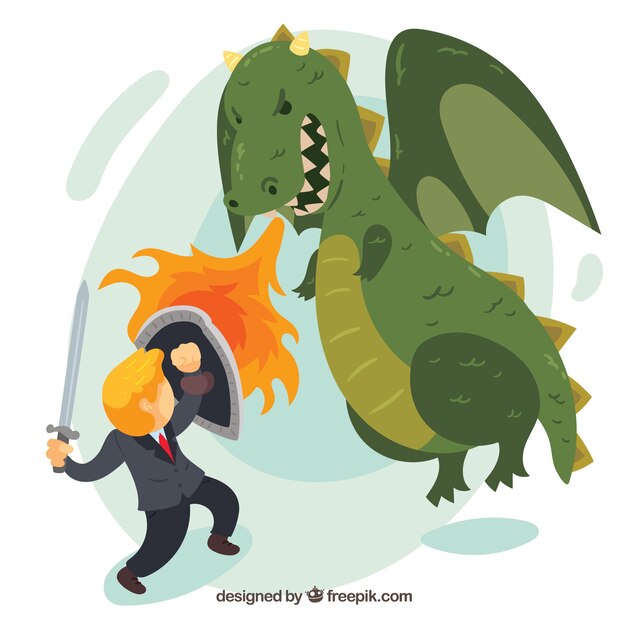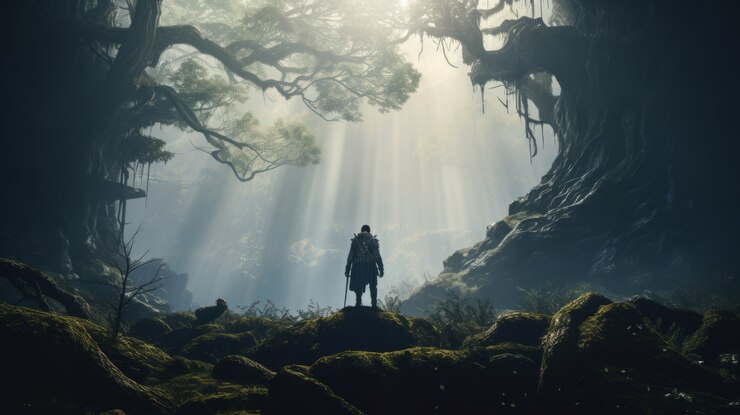Legends are the fabric of humanity’s shared imagination, connecting us across time and cultures. One such enthralling tale is the legend of The Great Blade and the Dragon. This story is more than a heroic battle between a valiant warrior and a fearsome beast; it is a symbol of courage, resilience, and the eternal struggle between light and darkness. But what is the origin of this legend, and why does it captivate audiences to this day?
In this article, we will explore the key elements of The Great Blade and the Dragon, its interpretations, and its significance in folklore and modern storytelling.
The Origins of the Legend
The tale of The Great Blade and the Dragon finds its roots in ancient myths passed down through oral traditions. In many cultures, the dragon represents chaos, destruction, or greed, while the blade symbolizes order, justice, and divine power.
Cultural Variations
Western Myths: Dragons in Western mythology, such as in Norse and Arthurian legends, are often depicted as malevolent creatures hoarding treasures or threatening villages. The Great Blade in these contexts is wielded by a hero chosen by destiny.
Eastern Interpretations: In contrast, Eastern traditions often portray dragons as wise and benevolent. Here, the blade might symbolize the balance between human ambition and the natural order.
Historical Significance
Ancient warriors often associated swords with divine intervention, seeing them as tools to enact the will of gods or spirits. The Great Blade, in this legend, may symbolize humanity’s reliance on divine blessings to conquer adversity.
Symbolism of the Great Blade
The Great Blade is not just a weapon; it is a character in its own right. Its craftsmanship, origin, and wielder’s worthiness are critical to the narrative.
Divine Origins
The Great Blade is often depicted as forged by celestial beings or imbued with mystical powers. This origin grants it the ability to vanquish creatures of immense power, like dragons.
Moral Undertones
Many versions of the legend stress that only the pure-hearted or courageous can wield the Great Blade. This aspect adds a moral dimension to the story, emphasizing virtue over brute strength.
The Dragon: A Symbol of Challenges
Dragons in the legend symbolize humanity’s fears and challenges. Their representation varies across different retellings, but their core traits remain consistent: they are powerful, intelligent, and nearly invincible.
Fear and Greed
Dragons are often depicted as hoarders of wealth, guarding gold, jewels, or ancient artifacts. This represents humanity’s internal battles with greed and fear of the unknown.
Guardians of Knowledge
In some versions, dragons are custodians of ancient wisdom, making their defeat symbolic of humanity’s quest for enlightenment.
The Hero’s Journey
At the heart of The Great Blade and the Dragon is the archetypal hero’s journey. The protagonist embarks on a path filled with trials and tribulations, transforming them into a symbol of hope.
Call to Adventure
The story typically begins with a threat—a dragon terrorizing a kingdom or village. The hero, often an unlikely figure, rises to the challenge.
Trials and Allies
Along the way, the hero encounters allies who provide guidance, tools, or wisdom, helping them prepare for the final confrontation.
Climactic Battle
The confrontation between the hero and the dragon is the legend’s centerpiece. It is a test of physical strength, strategy, and moral integrity.
Return with Honor
After defeating the dragon, the hero returns as a savior, often bringing peace and prosperity to their realm.
Modern Interpretations
The legend of The Great Blade and the Dragon continues to inspire modern storytelling in books, movies, and games. Its themes resonate universally, transcending time and culture.
Literary Adaptations
Many fantasy novels draw heavily from this archetype, using the motif of a powerful weapon and an epic battle to explore themes of heroism and sacrifice.
Gaming Influence
Video games like The Legend of Zelda and Dark Souls incorporate elements reminiscent of this legend, such as enchanted swords and dragon bosses.
Symbolic Appeal in Pop Culture
The struggle against overwhelming odds and the moral dilemmas faced by heroes reflect real-world challenges, making the legend relatable to modern audiences.
Conclusion
The Great Blade and the Dragon is more than just a tale of adventure; it is a timeless allegory of humanity’s enduring fight against darkness. Whether seen as a literal battle or a symbolic struggle, the legend continues to inspire courage, integrity, and hope in every generation. Its adaptability across cultures and mediums ensures its legacy remains vibrant in our collective imagination.
Frequently Asked Questions
What is the meaning behind The Great Blade and the Dragon?
The legend symbolizes the eternal struggle between good and evil, courage, and the triumph of virtue over adversity.
Are there variations of this story in different cultures?
Yes, Western traditions often depict dragons as malevolent, while Eastern cultures see them as wise and benevolent, leading to different interpretations of the tale.
Why is the blade considered “great”?
The blade’s greatness stems from its divine or mystical origin, its unparalleled craftsmanship, and its ability to be wielded only by the virtuous.
What lessons does the story teach?
The story emphasizes bravery, perseverance, and the importance of moral integrity in overcoming life’s challenges.
How has the legend influenced modern storytelling?
It has inspired countless books, movies, and games, often serving as the foundation for epic battles and heroic journeys in fantasy genres.
Are dragons always depicted as evil in this legend?
Not always. In some interpretations, dragons are guardians of knowledge or symbols of nature’s power, adding depth to their role.
What is the origin of the tale?
The origins are rooted in ancient myths from various cultures, blending elements of folklore, religion, and morality to create a universal narrative.
With its rich symbolism and universal themes, The Great Blade and the Dragon continues to captivate audiences, offering lessons and inspiration for generations to come.











